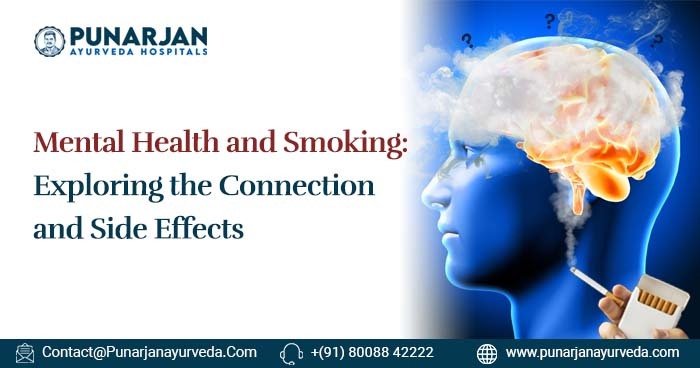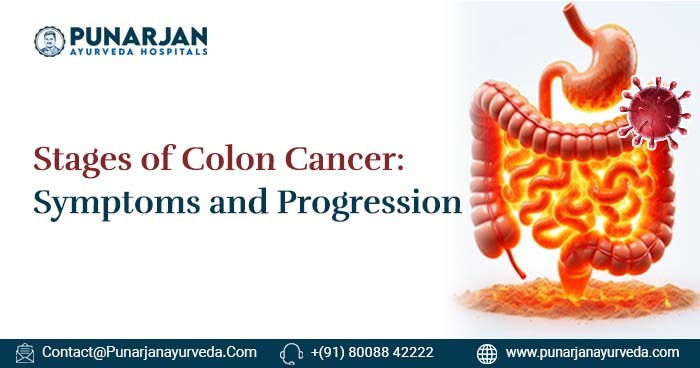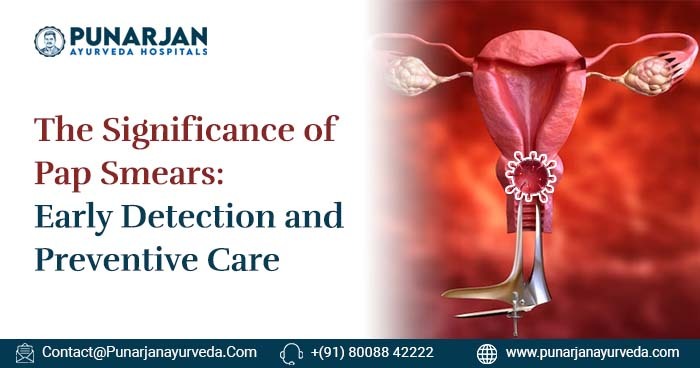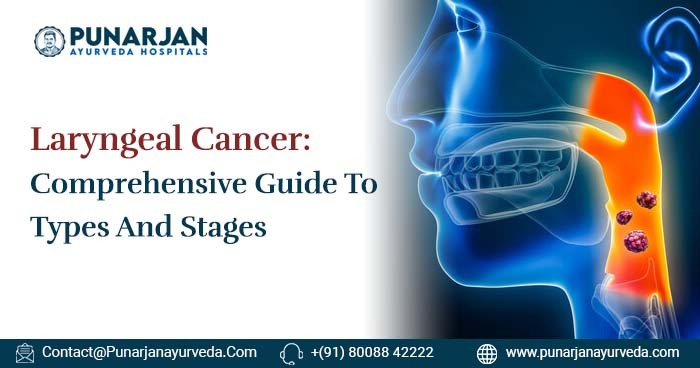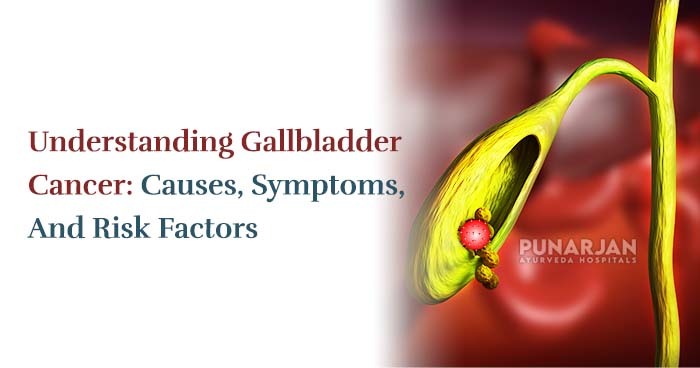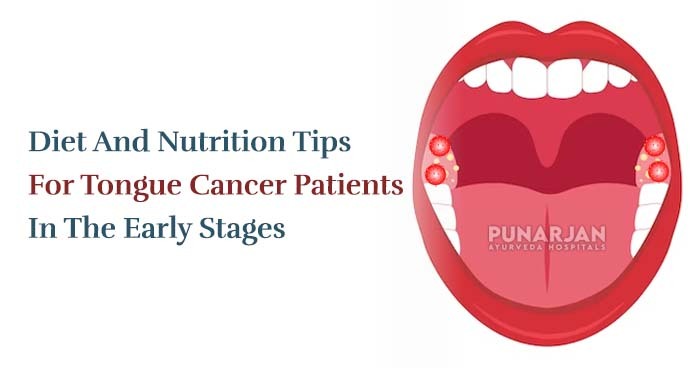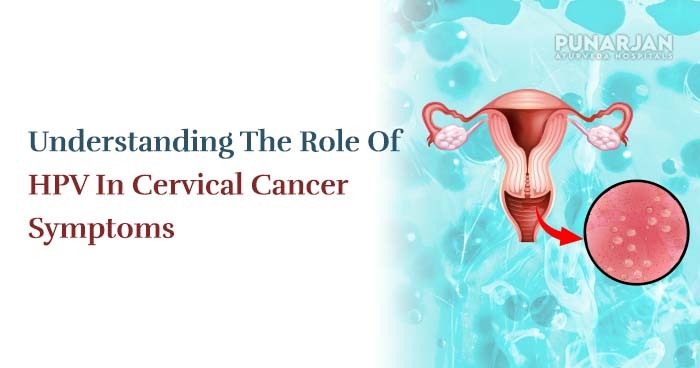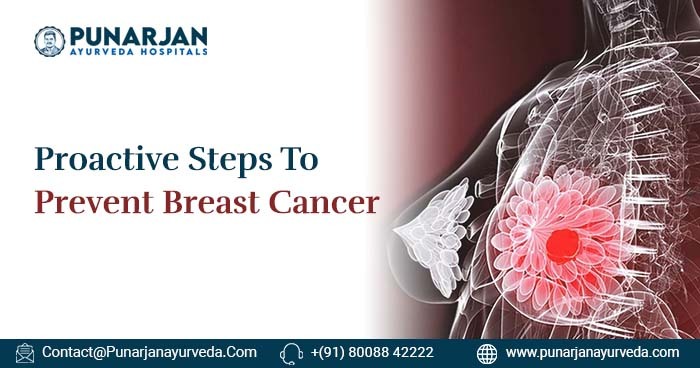
Understanding how to prevent breast cancer is essential for women’s health. By taking proactive steps and implementing lifestyle changes, individuals can significantly reduce their risk of developing this disease.
From maintaining a healthy diet to regular exercise and screening, adopting preventive measures plays a crucial role in promoting breast health and overall well-being.
Breast Cancer Risk Factors
Various factors influence your risk for breast cancer. Being a woman and ageing are the primary ones. Most cases occur in women aged 50 or older. Some women develop breast cancer without identifiable risk factors.
Having a risk factor doesn’t guarantee you’ll get the disease, and not all factors carry the same weight. While most women have some risk factors, most don’t get breast cancer.
Risk factors fall into two categories: unchangeable (like gender, age, and family history) and changeable (like physically inactive, overweight, taking hormones, consuming alcohol). Discuss with your doctor how to prevent breast cancer to lower your risk, including screening options.
Lifestyle Changes for Breast Cancer Prevention
Learning how to prevent breast cancer involves making lifestyle changes. Even though we don’t know all the reasons why people get breast cancer, making healthier choices in your daily life can lower your chances of getting it.
Things like eating well, staying active, and finding ways to relax can all make a difference.
The Importance of a Healthy Diet
One of the best ways on how to prevent breast cancer is to have a healthy diet. Key dietary recommendations include eating plenty of fruits and vegetables, choosing whole grains, limiting red and processed meats, reducing alcohol intake, maintaining a healthy weight, staying hydrated, and avoiding sugary foods and beverages. By following these guidelines, you can lower your risk of breast cancer and promote overall health.
The Role of Regular Physical Activity
Regular exercise plays a crucial role in how to prevent breast cancer. It helps your body work better and makes it harder for cancer cells to grow.
The American Cancer Society suggests adults do at least 150 minutes of moderate exercise weekly. If you can do more, like four hours or more per week, it’s even better for lowering your risk of breast cancer.
Maintaining a Healthy Weight
Being overweight is a decisive risk factor for breast cancer, and any weight gain beyond the age of 18, even a 10% weight gain, can enormously increase the chances of breast cancer. Losing excess weight or maintaining a healthy weight through daily exercise and a low-fat diet is essential.
According to the National Cancer Institute, exercising four or more hours a week may decrease hormone levels and help lower breast cancer risk. If you are looking at how to prevent breast cancer, then you need to maintain a healthy weight.
Dietary Recommendations for Breast Cancer Prevention
In addition to eating a diet high in fruits and vegetables, several other dietary recommendations can help reduce the risk of breast cancer. These include:
Limiting dietary fats: Some studies suggest additional benefits from limiting dietary fats, such as butter, full-fat dairy, poultry skin, fatty meats, hydrogenated oils, and margarine. Instead, include healthful fats such as olive oil, avocado, nuts, seeds, ground flaxseeds, and fatty fish.
Soy: Soy is an excellent source of protein, fibre, B Vitamins, iron, and other nutrients. Some studies suggest that soy may help reduce the risk of breast cancer, while others suggest that it may increase the risk. Talk to your doctor about whether soy is right for you.
Organic foods: According to the American Cancer Society, organic foods are no more nutritious or better for your health than foods farmed by conventional methods. Yet, there are individuals who opt for organic foods. If you eat organic, wash all fruits and vegetables thoroughly before eating.
Screening and Early Detection
Screening and early detection are essential for breast cancer prevention. If there is a family history of breast cancer, women should begin having mammograms at age 40 or earlier.
Women should also perform monthly breast self-exams and have clinical breast exams by a healthcare provider at least every three years.
Genetic Counseling and Testing
If you have a family history of breast cancer, you may be at increased risk for the disease. Genetic counselling and testing can help determine your risk and guide you in making decisions about the prevention and screening of the disease.
Empowering Women to Take Proactive Steps
Different ways on how to prevent breast cancer involve educating them about risk factors, promoting healthy lifestyle choices like regular exercise and a balanced diet, and encouraging regular screening. By fostering awareness and providing support, women can make informed decisions about their health and take charge of their well-being.
Treating breast Cancer at Punarjan Ayurveda
When it comes to breast cancer treatment, early detection is paramount. Women over 30 are encouraged to conduct regular self-examinations, undergo screenings to catch any changes early on, and seek medical advice promptly if any concerns arise.
While modern medicine offers treatments for breast cancer, they often involve lengthy procedures and come with significant side effects. This is where Rasayana Ayurveda, offered at Punarjan Ayurveda, provides a promising alternative.
With minimal side effects, Rasayana Ayurveda focuses on addressing the root cause of the disease. Referred to as ‘divine medicine,’ we prescribe personalised herbal remedies tailored to the individual’s needs. These are complemented by detox therapies, specialised diet plans, and yoga practices.
Rasa Shastra, a crucial branch of Ashtanga Ayurveda, serves not only as a means for healthy individuals to enhance their well-being but also as a source of strength and vitality for patients undergoing treatment. It aids in physical recovery while bolstering mental resilience and immunity.
In essence, Rasayana Ayurveda rejuvenates the body, strengthens it against illnesses, and improves the functioning of plasma, blood, muscle, fat, bone, marrow, and reproductive tissue. Its focus is not merely on extending lifespan but on enhancing the quality of life, ensuring that individuals can make the most of every moment. Through its holistic approach, Punarjan Ayurveda offers a path to wellness that nurtures both the body and the spirit, empowering individuals to overcome breast cancer and thrive.
Conclusion
Breast cancer entails various risk factors, making it a complex disease. While some of these risk factors cannot be changed, there are several proactive steps women can take on how to prevent breast cancer and reduce their risk.
Maintaining a healthy weight, being physically active, eating a healthy diet, not smoking, and breastfeeding are all important for breast cancer prevention. Women should also have regular mammograms and clinical breast exams, and those with a family history of breast cancer should consider genetic counselling and testing.
By taking these steps, women can empower themselves to reduce their risk of breast cancer and live healthier, happier lives.
FAQ
Can a healthy lifestyle prevent breast cancer?
A healthy lifestyle, including regular exercise, maintaining an average weight, and adopting protective dietary habits, can significantly reduce the risk of developing breast cancer.
How to prevent breast cancer with yoga?
While yoga offers stress relief and general health benefits, there’s no scientific proof it prevents breast cancer. However, a healthy lifestyle with regular exercise can contribute to lower risk.
Why is breast cancer prevention important?
Breast cancer prevention empowers individuals to take proactive steps to reduce their risk of developing the disease, promoting overall health and well-being.
How often should I perform breast self-exams for early detection?
Perform breast self-exams at least once a month to become familiar with the standard look and feel of your breasts, making it easier to detect any changes that may occur.
What role do hormones play in breast cancer risk, and how can it be managed?
The risk of developing breast cancer can be heightened by hormones like estrogen and progesterone. Hormone management strategies, such as hormone therapy and lifestyle choices, can help regulate hormone levels and lower the risk of breast cancer.


